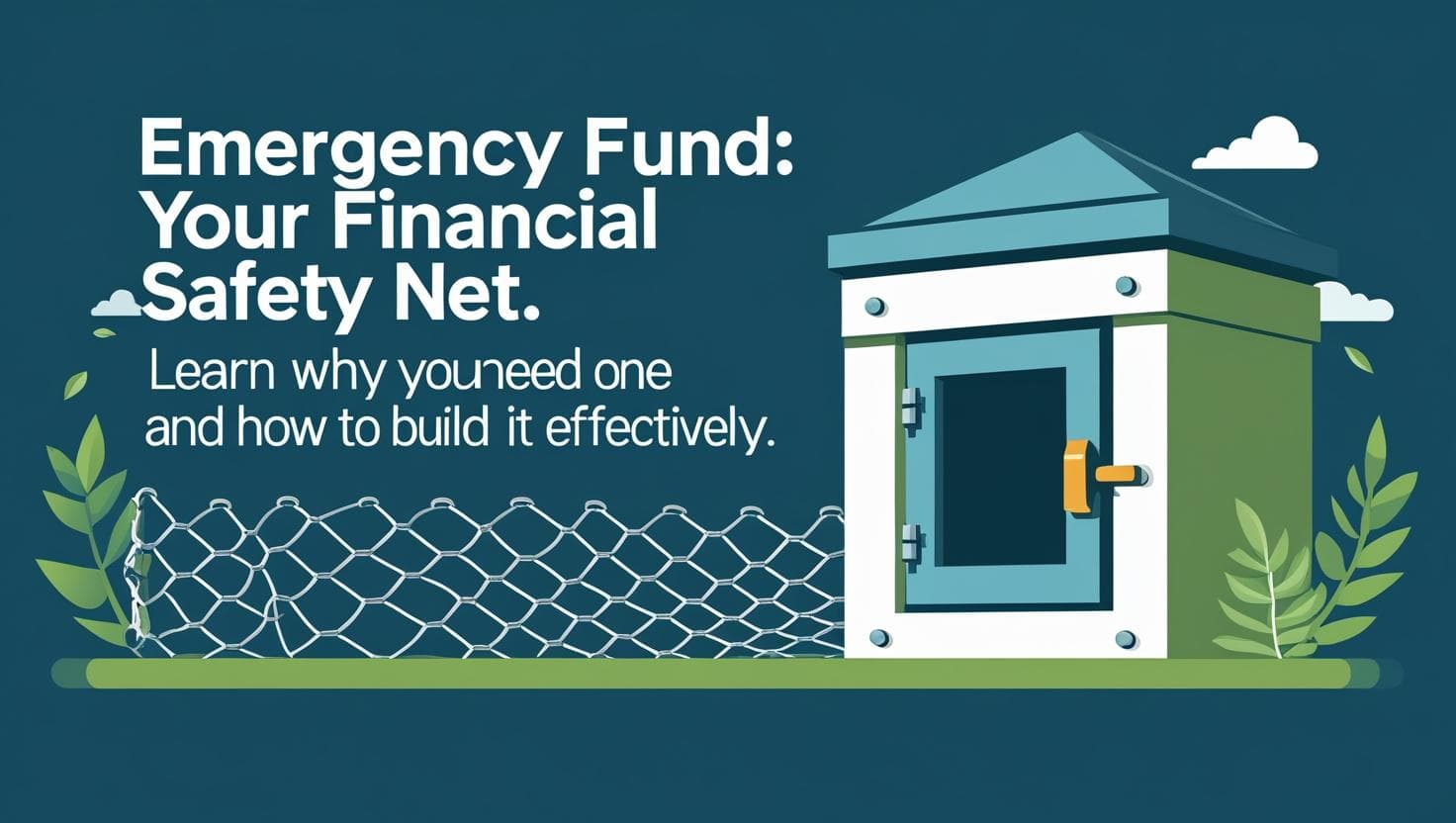
The A-Z of Building an Emergency Fund in India
Finance Toolkit Team
What is an Emergency Fund?
An emergency fund is a stash of money set aside to cover unexpected financial emergencies, such as a job loss, medical crisis, or urgent home repairs. It's the first step towards financial security.
Why is it Crucial?
Without an emergency fund, you might be forced to:
- Take on high-interest debt (like personal loans or credit card debt).
- Sell your long-term investments prematurely.
- Borrow from friends or family, straining relationships.
How Much Should You Save?
A common rule of thumb is to have 3 to 6 months' worth of essential living expenses saved. Essential expenses include:
- Rent or home loan EMI
- Utility bills (electricity, water, internet)
- Groceries
- Transportation costs
- Insurance premiums
Where to Keep Your Emergency Fund?
The money should be kept in a place that is safe and easily accessible (liquid). The goal is not to earn high returns, but to have the money available when you need it. Good options in India include:
- High-yield Savings Account: Offers slightly better interest than a regular savings account.
- Liquid Mutual Funds: These are debt funds that invest in short-term securities and offer high liquidity.
- Short-term Fixed Deposits (FDs): You can break them anytime, though there might be a small penalty.
Building an emergency fund takes time and discipline, but it provides invaluable peace of mind, knowing you are prepared for whatever life throws your way.